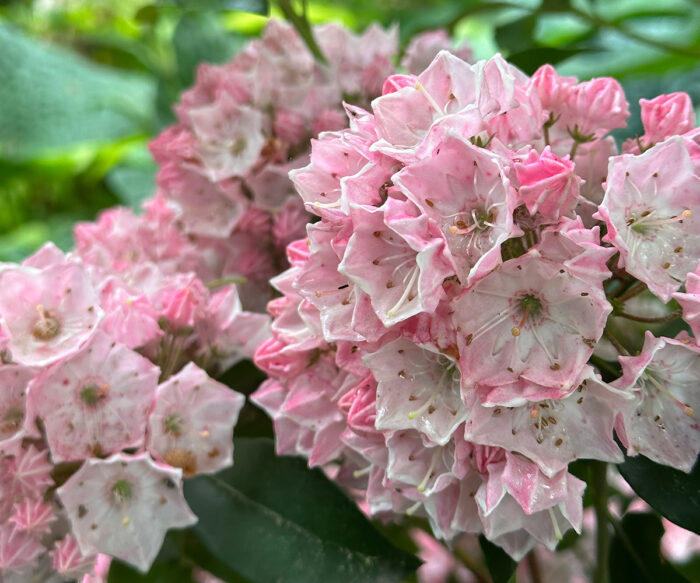
You may have heard the word nativars and wondered what they are, but I’ll bet you are already growing a rather impressive list of nativars in your garden. Simply said, nativars are just named selections of native plants. Some nativars might be hybrids made from two selections within the same species, or they could be naturally occurring varieties that someone isolated in the field and decided to propagate. Regardless of their origin, nativars generally are selected because they offer one or more desirable characteristics in color, form, or vigor that make them stand out from the rest of their species in a wild population.
You should proceed carefully if you are looking for a nativar that offers the most benefits to wildlife. Certain selected characteristics, such as double flowers, give some nativars less wildlife value than their native counterparts. However, for the most part, nativars do offer similar benefits, including wildlife benefits, as natives do. Like natives, they are often easy to care for and require minimal irrigation. Their outstanding vigor translates to sturdier growth with less care needed. Smart gardeners will often want to mix a few into their borders and beds along with true natives (which are always a good choice).
Here are some high-performing nativars that are perfect for northeastern gardens.
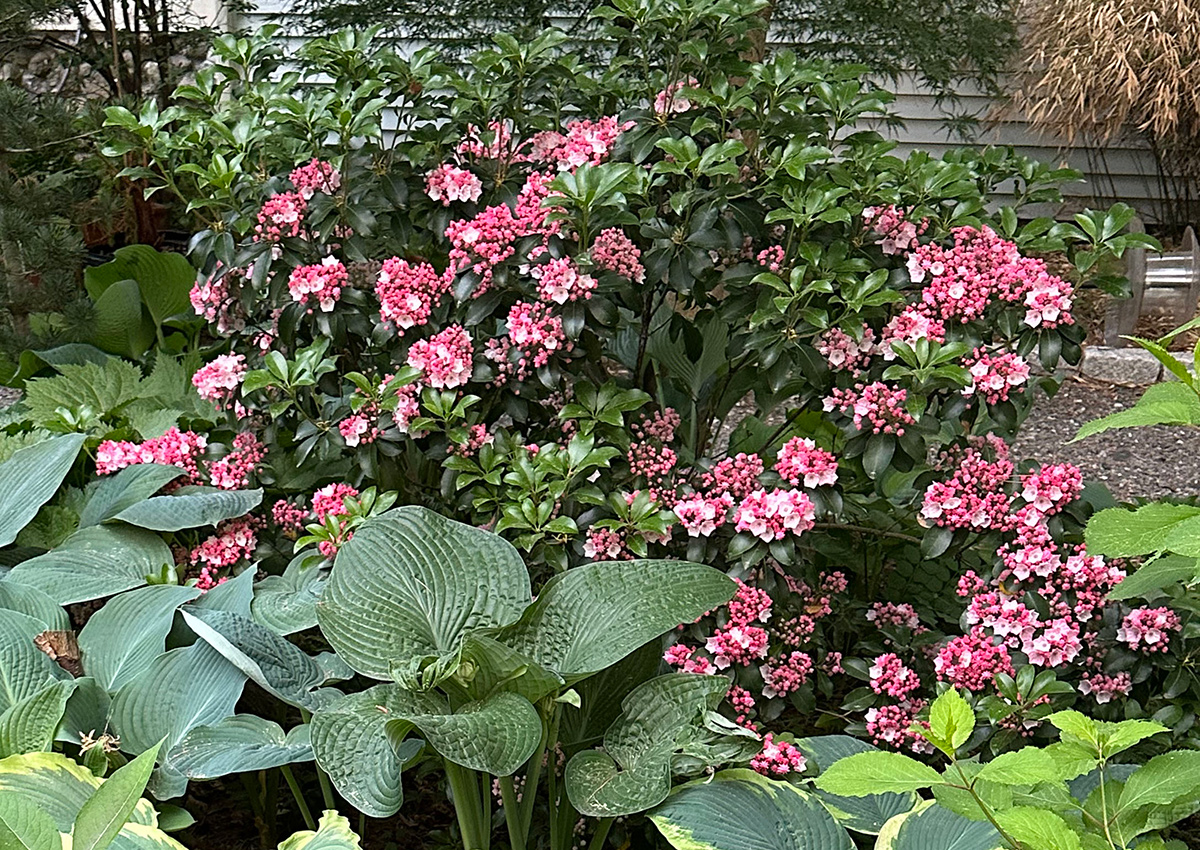
‘Sarah’ mountain laurel
Kalmia latifolia ‘Sarah’, Zones 4–9
Broadleaf evergreens are invaluable in northeastern gardens. They spice up our landscapes during long, cold winters. Mountain laurel is one of the few four-season gems available to us. Native throughout eastern North America, mountain laurel’s dark green leathery foliage is both deer resistant and very cold tolerant, and the plant sports pinkish white late-spring-blooming flowers that attract butterflies and many other pollinators. This species gets better and showier with each year. ‘Sarah’ mountain laurel will reach 5 to 8 feet tall over time. Its bright pink buds open to soft baby pink flowers that stand out for much of June.
Best if planted in spring, mountain laurels are woodland plants that appreciate dappled light shade and a few hours of fun sun a day. They grow best in moist, humus-rich, acidic soil. Mulch with leaves or bark mulch annually to keep the soil primed with organic matter. Prune these shrubs minimally, as they are slow growers (but long lived).
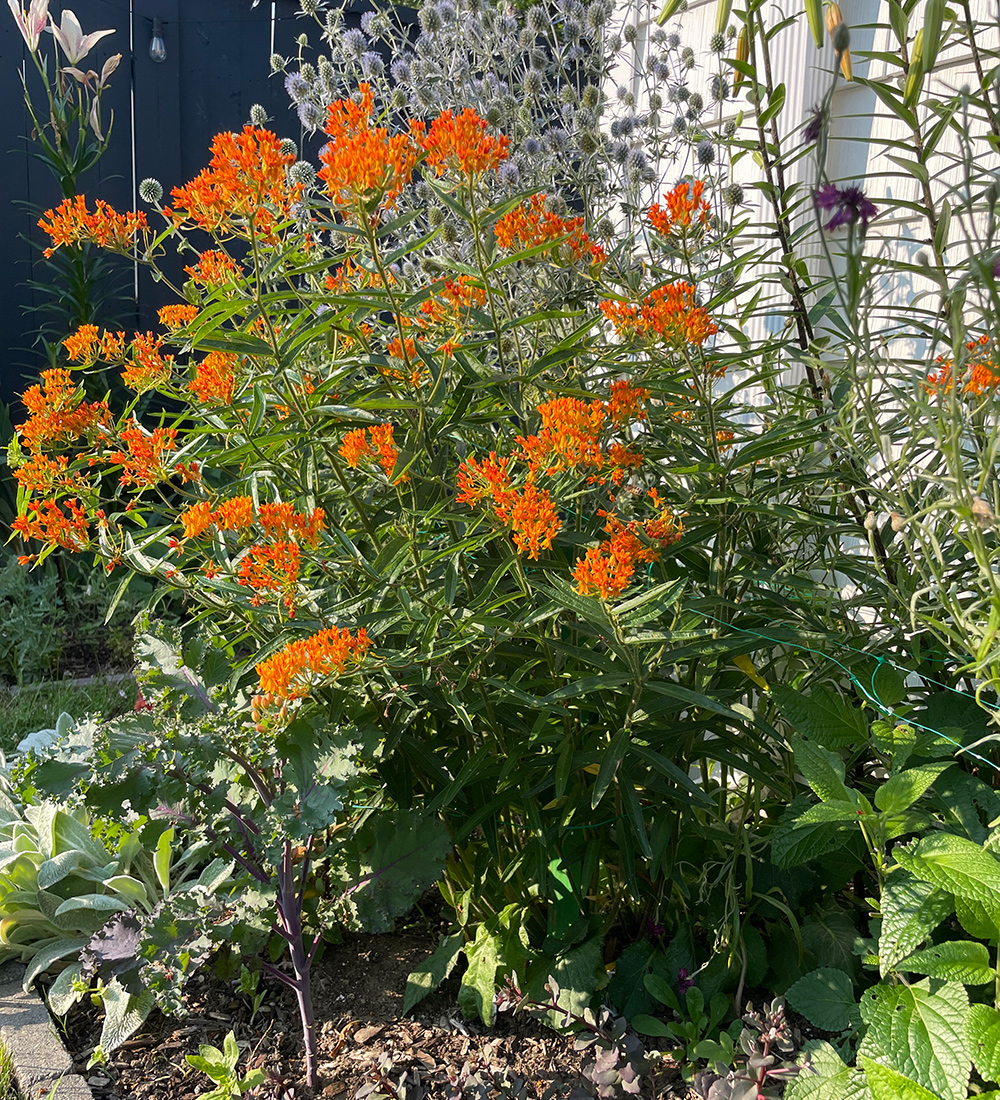
‘Gay Butterflies’ butterfly weed
Asclepias tuberosa ‘Gay Butterflies’, Zones 3–9
Butterfly weed, which is native to most of North America (except for the Northwest), has long been a favorite among those looking to attract butterflies and bees and to encourage monarch butterflies to lay eggs. (Butterfly weed is a milkweed species.) ‘Gay Butterflies’ is an old seed-raised strain that remains as popular today as it was in the 1960s when it was first introduced. Today ‘Gay Butterflies’ is easy to find and can be raised either from seeds started early indoors or from established nursery plants.
The best tip for keeping ‘Gay Butterflies’ happy is to plant it and leave it alone. As a taproot prairie plant, it hates to be transplanted once established and rarely survives if transplanted. Look for smaller plants when shopping, or start some from seed (which is easy) and then set them out into a sunny, well-draining spot in the garden and leave them there.
‘Gay Butterflies’ butterfly weed is essentially a seed-raised mixture of all the colors found within the species, so if you are looking for a specific color, then your best bet is to buy a plant blooming at a nursery. But if you are patient and want to grow many plants regardless of their colors, then sowing your own seed makes the most sense. Of all the meadow or prairie plants, this plant is what people call a “good-doer,” as it doesn’t move around the garden much; rather, it forms tight, dense clumps that grow larger with each passing year. Lastly, depending on the richness of one’s soil, it is deer resistant and can grow anywhere from 2 to 4 feet tall with just a hint of fragrance to the bright blooms.
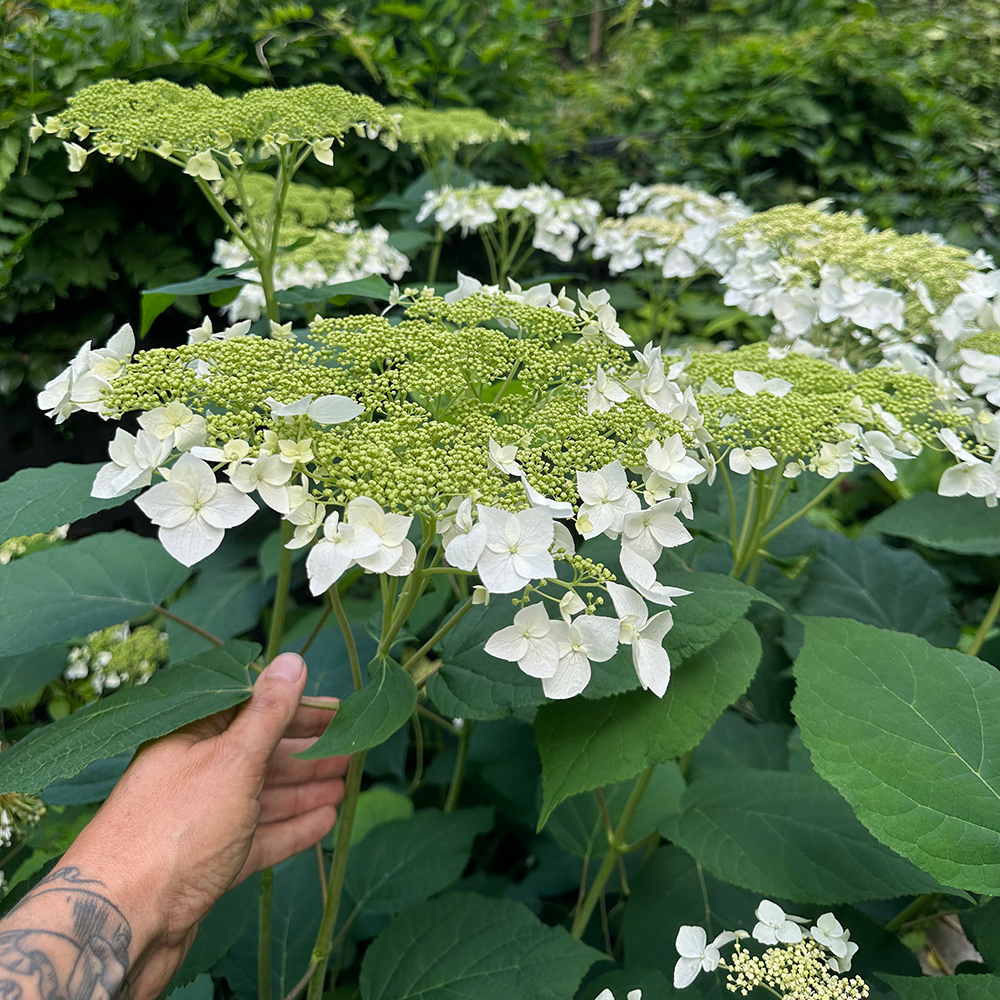
‘Haas’ Halo’ smooth hydrangea
Hydrangea arborescens ‘Haas’ Halo’, Zones 3–9
Smooth hydrangea is native to the eastern United States and parts of the Midwest. ‘Haas’ Halo’ is a variety sporting gigantic blooms up to 14 inches across if the entire plant is cut to the ground every spring. If you leave 12- to 14-inch stems, the flower heads will be more profuse but slightly smaller, around 10 inches in diameter. These blooms are very showy and flat so that they become landing pads for the many pollinators that will visit. That said, site these insect magnets accordingly. A busy poolside may not be the best location, but along a hedgerow or foundation of a house might be better given the pollinator traffic. This shrub will do best in partial shade. Perhaps the best attribute of this showy hydrangea is that it produces sturdier stems compared to its cousins, mainly the large-headed smooth hydrangea cultivars like ‘Annabelle’ and Incrediball® (‘Abetwo’). If you have a problem with those varieties falling over in the rain or collapsing, then ‘Haas’ Halo’ is a great solution. This shrub should grow from 3 to 5 feet tall and should have 3 to 5 feet of spacing.
For more great native plants for the Northeast, check out:
And for more Northeast regional reports, click here.
—Matt Mattus is the author of two books: Mastering the Art of Flower Gardening and Mastering the Art of Vegetable Gardening. He gardens in Worcester, Massachusetts.
Photos: Matt Mattus
Fine Gardening Recommended Products
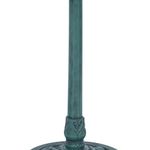
Alpine Corporation 28" Tall Outdoor Birdbath with Scrollwork Decoration Yard Statue
Fine Gardening receives a commission for items purchased through links on this site, including Amazon Associates and other affiliate advertising programs.

Planting in a Post-Wild World: Designing Plant Communities for Resilient Landscapes
Fine Gardening receives a commission for items purchased through links on this site, including Amazon Associates and other affiliate advertising programs.

Attracting Beneficial Bugs to Your Garden, Revised and Updated Second Edition: A Natural Approach to Pest Control
Fine Gardening receives a commission for items purchased through links on this site, including Amazon Associates and other affiliate advertising programs.


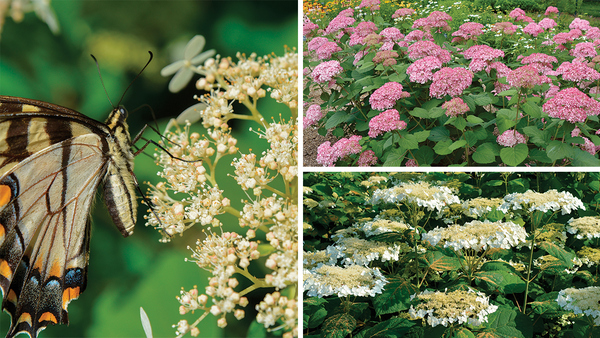


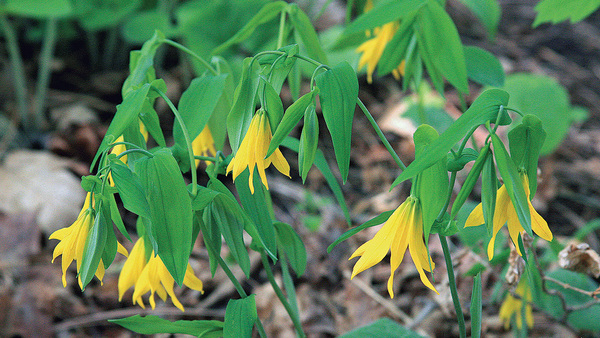













Comments
Log in or create an account to post a comment.
Sign up Log in